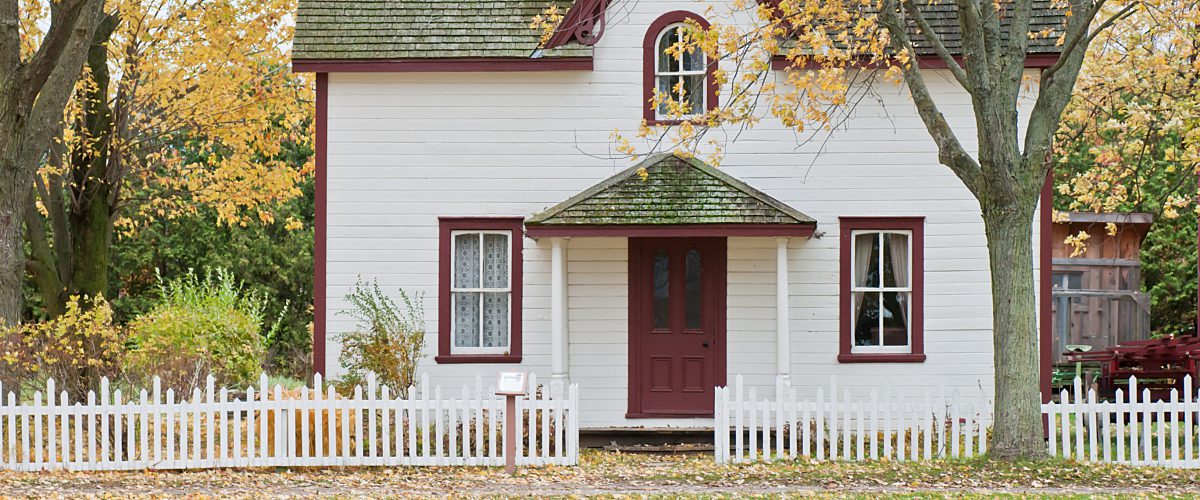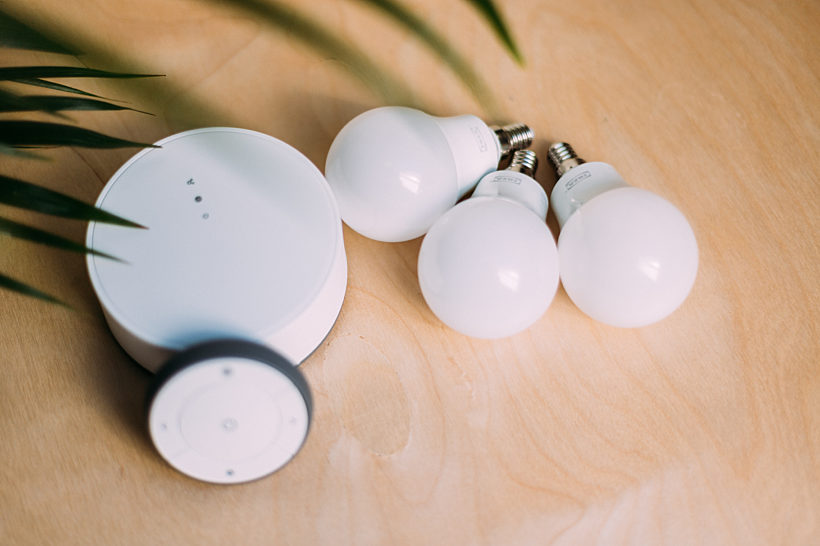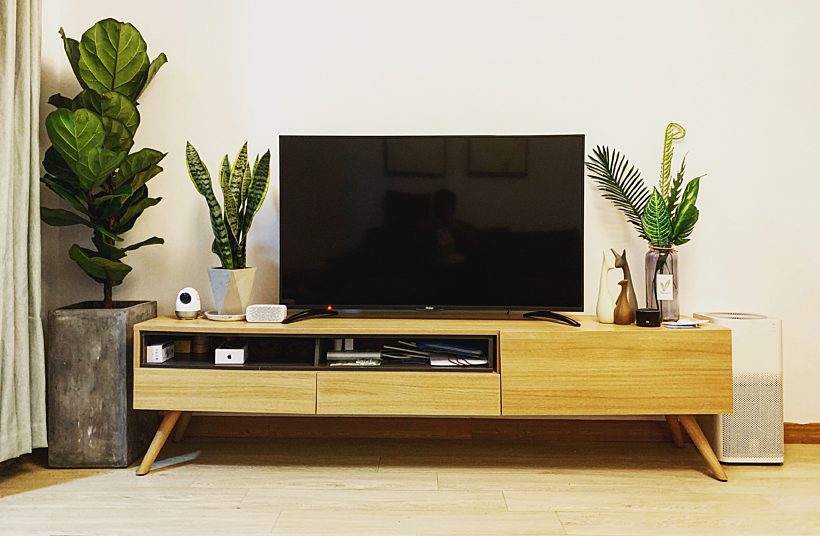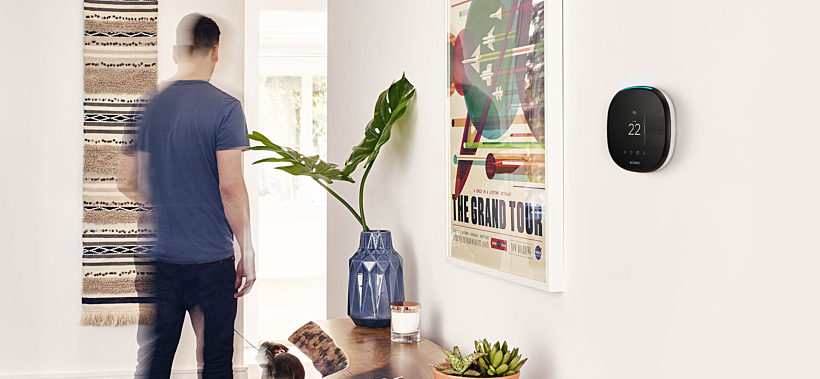
A smart home when you’re renting, here’s how to start
Most people believe a smart home is only an option when they become home owners or when major home renovations are upon them. However with the current plethora of easy to install smart home solutions, even renting a house or apartment does not exclude you from living in a smart home. In this article we delve deeper into what options are available to you as a renter and where would be the easiest places to get started.
Keep in mind that when you rent a house or apartment you will be bound to certain rules. Intrusive renovations are often not allowed and living in an apartment complex usually also comes with additional renter association’s restrictions. Make sure you check for your specific situation before making any significant changes to your home.
As a general rule though, it is smart to look out for products that can be easily installed and uninstalled. Aside from a reduced risk of you losing your security deposit, these smart home products will be easy to bring along to your next dwelling. Today, there are hundreds of smart home products on the market that do not require complex installation or renovation. Let’s review a number of options.

Smart lighting
Probably the most commonplace smart home solution are smart lights. Products like Philips Hue, LIFX or Ikea Trådfri now offer a large array of lamps and fittings that can be used throughout the entire house - and even outside of it. In essence smart lighting allows you to control your lamps centrally, not just with classic switches but also through an app on your phone or even voice controlled while using Google Assistant or Alexa. But you can also create routines for specific situations, e.g. imagine waking up every morning to increasingly intense lights - something certain academics claim will be beneficial to your productivity. Or shutting down all your lights when you leave the house without having to worry whether you left the light on in your bedroom.
Most systems will come with a central hub that allows you to control all smart lights in your house. That’s it, no other installation required! Just plug in new smart light bulbs into your existing fittings - or replace your fittings with smart versions - and you’re pretty much all set. No new cables or holes needed.
While a universal standard protocol does not look on the immediate horizon yet, some vendors’ products now work together nicely. Philips Hue lights can now be controlled with an Ikea Trådfri hub - and vice versa - since they both work on the Zigbee Light Link protocol. And with prices continuing to go down, smart lighting is probably the number one place to start making your rented house or apartment a little bit smarter.

Make conventional products smart
A second low-hanging fruit option - usually without breaking the bank - is to turn conventional products into smarter versions of themselves. Think about adaptors such as the Google Chromecast or Apple TV that link your standard TV or audio system to streaming services for video or audio content over the internet.
Another example are smart power outlets. Just plug one of these inexpensive devices into a classic power outlet and you’ll be able to control any device with your smartphone. Usually your controlling options for these lamps, AV devices or other products will be limited to turning them on or off however.
Finally, many of today’s audio systems provide a feature that can turn them into multi-room set-ups instantly. Think of the new Sonos Amp product line, but competitors like Bose, Denon Heos, Raumfeld, Samsung and LG all offer multi-room audio products that usually can be combined with a third party smart home hub.

Install a smart thermostat
A slightly more intrusive step is to also install a smart thermostat that allows you to monitor and change your heating settings from a distance and/or in advance. Imagine coming home in winter with your house already pre-heated or a smart thermostat detecting no activity in your rented house or apartment and turning off automatically.
The only requirement is a heater compatible with the ‘OpenTherm-protocol’ so that your smart thermostat can actually communicate with it. In most cases a connector will have to be installed next to the heater - enabling the actual communication with the thermostat. This job is best left to a professional installer though, and not all leases will allow adaptations of this type, so make sure you double check with your landlord before you want to go down this track.
Voice control assistants
Perhaps the most obvious addition to your smart rented home is a voice assistant to help you control all - or most - your other smart devices.
The ubiquity of Google Home or Amazon Alexa products has meant that most smart home producers are bending over backwards to include integration with one or both of the standards.
Since these products tick all the boxes for renters - no invasive installation is required, they are easy to take with you to a new place, offer an inexpensive entry into the smart home market - they are probably an essential part of every rented smart home.
A little research beforehand is advised though so you get an idea of which products or solutions work with either the Google Home or Amazon Alexa environments, since currently only Sonos has products that work with both standards. After that you can add lighting, shading, HVAC products and many more to your smart home set-up.
One last thing
The basis for every smart home, rented or owned, is a well functioning home network based on a high-speed internet connection. It is not so much how many bars of reception you get in every room, rather the bandwidth available to your different smart home devices. Know that the average router can handle up to 25 devices wirelessly. After that your connection speeds will suffer exponentially. Powerline adapters (internet through power outlets) might offer a solution there and obviously running an ethernet cable where possible offers the best guarantee for a good connection.
As you can see there are no good reasons not to create your own smart home even when you are renting. With so many different products out there creating a set-up suited to your needs is no longer reserved for the home owners among us.
Source: smarthomemagazine.nl


